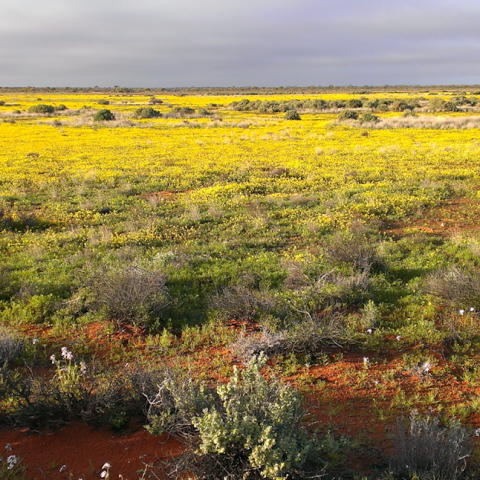All around the world, conflicts are causing major challenges. From Ukraine to Gaza, these wars not only harm people but also destroy the environment.
In Ukraine, the situation has worsened significantly since Russia’s invasion began in 2022. The country is now the most landmine-contaminated in the world. By early 2024, about 25,000 square kilometers of farmland were contaminated with landmines and other explosive remnants. This contamination has hit agriculture hard, leading to a 41% drop in wheat production since 2021.
The problem is compounded by climate change, which is also degrading land. As temperatures rise and droughts become more common, soil fertility suffers. The combination of climate change and war is a ticking time bomb for food security.
The consequences of war injuries from unexploded ordnance are stark. In April 2024, the Ukrainian government reported over 1,000 civilian casualties due to landmines since the beginning of the invasion. But it’s not just people who suffer; the land does too. Historical studies, like in Cambodia, show that unexploded bombs still harm agriculture years after conflicts. Farmers avoid using heavy machinery because of the risk of detonating hidden explosives, limiting their production capacity.
A report found that explosive remnants can affect soil quality, leaking toxic substances into the land, with contaminants discovered up to 6 kilometers away from the explosion sites. This pollution threatens both ecosystems and human health.
Moreover, demining efforts can also damage land. Heavy machinery might crush fertile topsoil, leading to further erosion. Contaminants can be released during controlled demolitions as well. Research in Iraq’s Halgurd-Sakran National Park, an area marked by conflict, shows harmful metals like lead and cadmium appearing in the soil because of such activities.
Additionally, climate events—like floods and heatwaves—can exacerbate the problem. Floods can unearth landmines, shifting them into previously safe areas. In countries like Iraq, soaring temperatures have caused multiple munition sites to explode. Even in the UK, unexploded bombs from World War II resurfaced amid recent wildfires, complicating emergency responses.
In Libya, catastrophic floods from Storm Daniel in 2023 disrupted recovery efforts by displacing munitions, creating fresh dangers for communities trying to rebuild. In South Sudan, similar environmental disasters in 2024 necessitated expert evaluations to ensure land safety for displaced individuals.
Once conflicts end, land that’s cleared of explosives often faces its own challenges due to climate changes. In Angola, drought has hindered farmers from using once-bombed fields. In Sri Lanka, rising sea levels have negatively impacted the farming capacity in areas cleared of munitions.
In sum, the lasting scars of war extend far beyond immediate human tragedies. As climate change introduces additional complications, it becomes clear that strategies to heal the land and address air pollution should work in tandem. The urgency to solve these intertwined problems has never been greater.





















